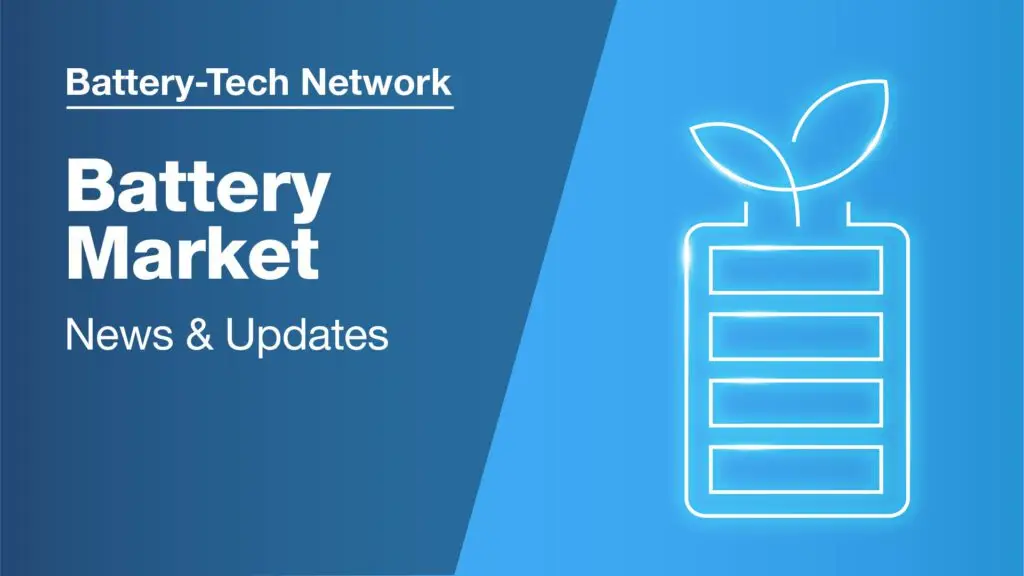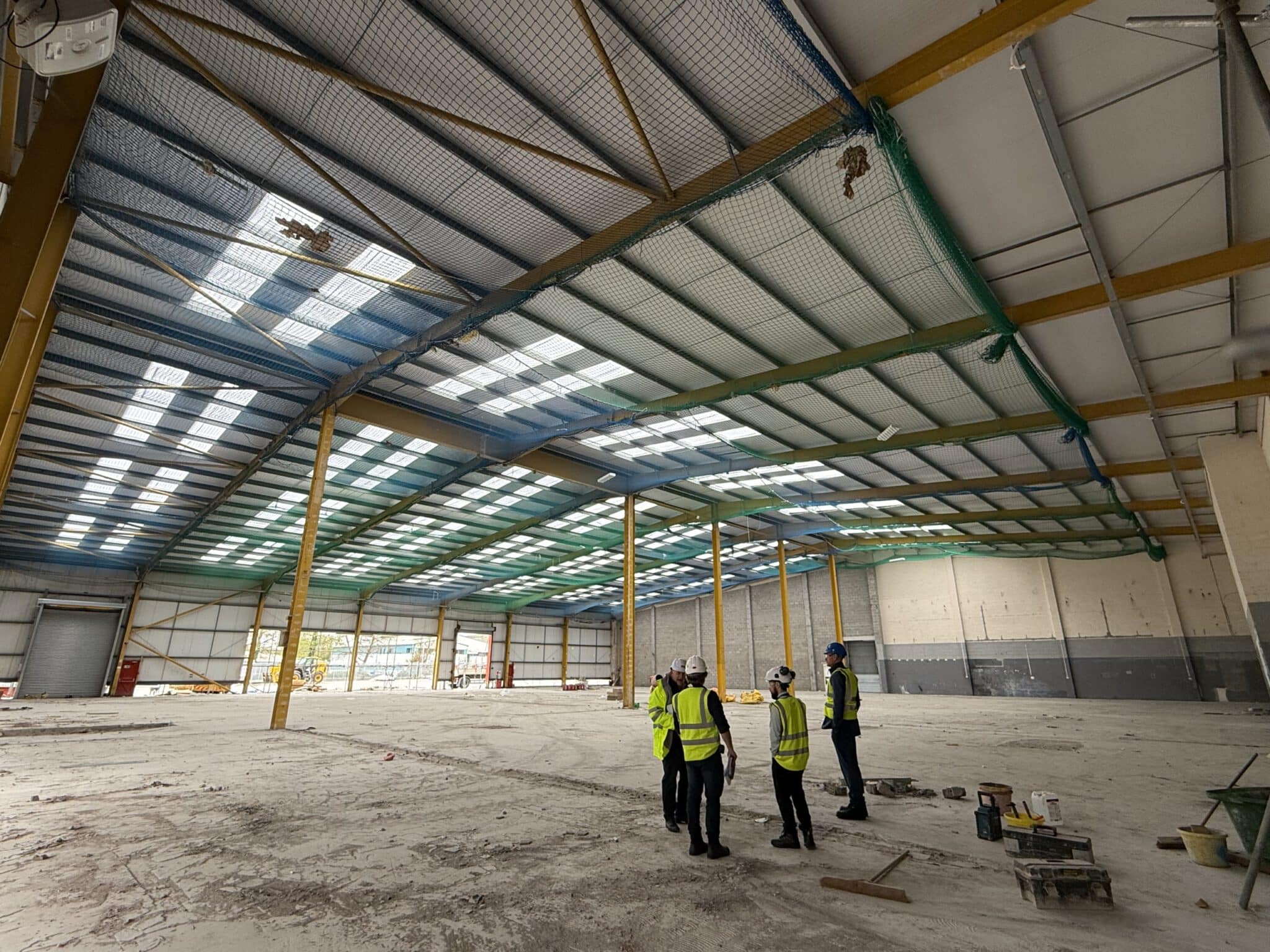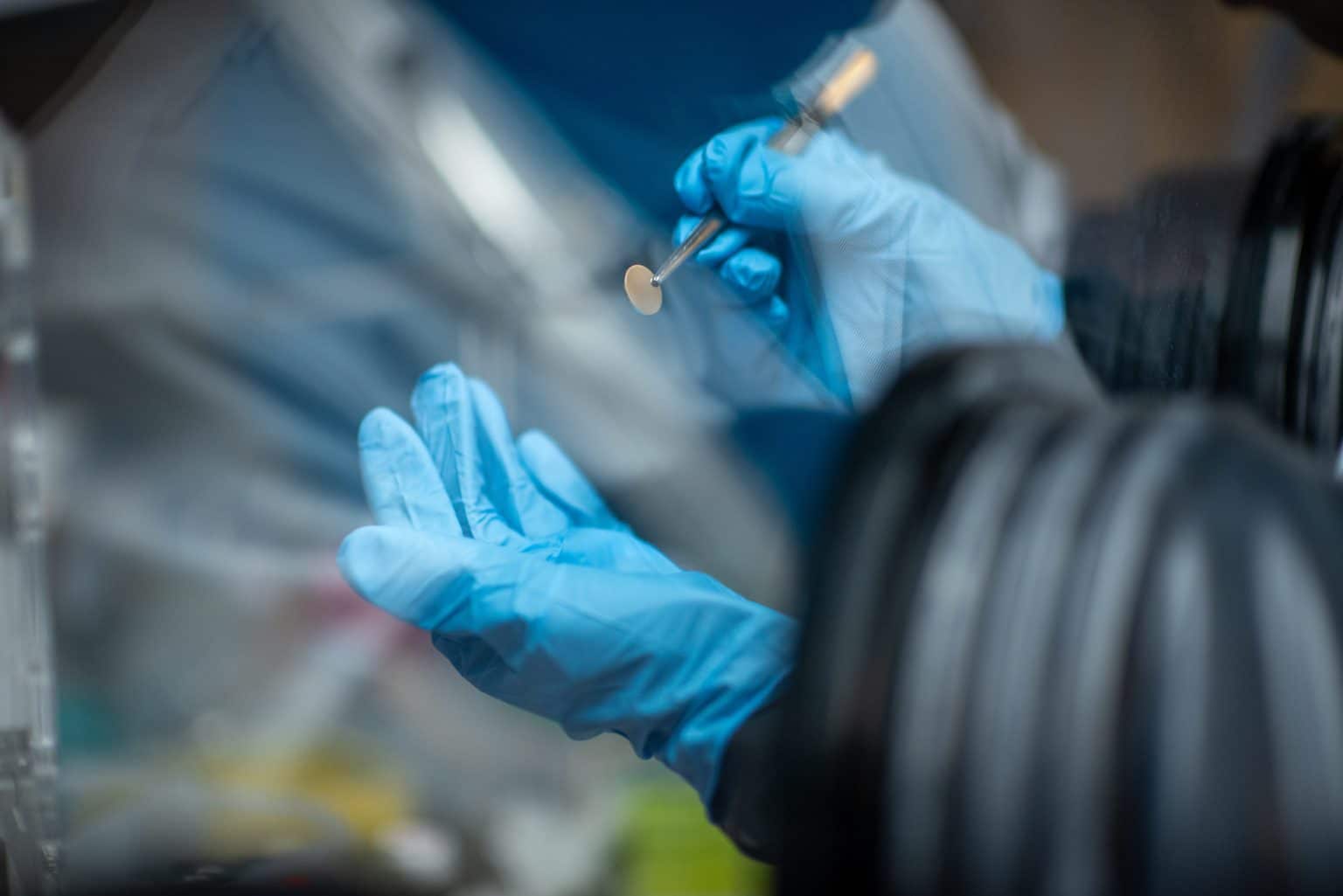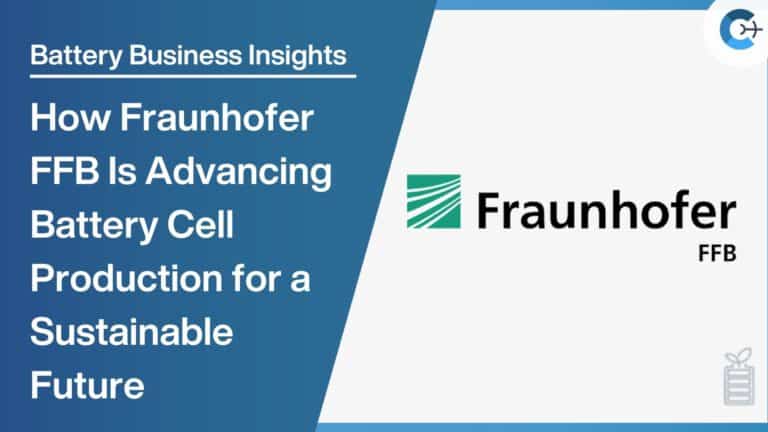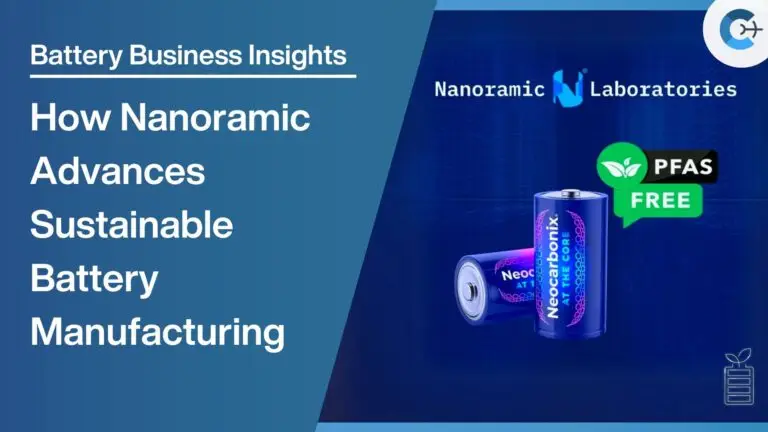The global electric vehicle (EV) battery swapping market is experiencing significant growth, with ResearchAndMarkets.com reporting a valuation of USD 894.2 million in 2024. Projections indicate that the market will reach USD 2.80 billion by 2029, expanding at a compound annual growth rate (CAGR) of 25.5%. Battery swapping offers a faster alternative to traditional plug-in charging methods, reducing downtime by allowing drivers to quickly replace depleted batteries with charged ones at designated swapping stations. This technology is particularly advantageous in urban areas where time efficiency and convenience are paramount.
Several factors are driving the expansion of the EV battery swapping market. The increasing global adoption of electric vehicles necessitates the development of robust fast-charging infrastructure. Battery swapping significantly cuts down on charging times, which is especially beneficial for commercial fleets and densely populated urban centers where minimizing vehicle downtime is crucial. As global EV sales surged to approximately 14 million in 2023 and are expected to exceed 17 million in 2024, the deployment of battery swapping stations is anticipated to rise accordingly.
Government policies are also playing a pivotal role in fostering the growth of battery swapping technology. In India, the NITI Aayog’s 2022 battery policy has established technical and operational standards for swapping stations and provided financial incentives to companies investing in this infrastructure. Such regulatory support is essential for creating a favorable environment that encourages innovation and investment in battery swapping solutions.
Future trends in the market indicate a continued rise in the adoption of battery swapping technologies, driven by technological advancements, evolving consumer preferences, and infrastructure enhancements. In China, supportive government policies have facilitated the expansion of battery swapping stations, while the German Society for International Cooperation anticipates the need for over 12,370 EV battery swapping stations by 2025. This growth is expected to promote collaboration between technology firms and automakers, leading to standardized battery systems that improve interoperability and user experience.
The lithium-ion battery segment dominates the market, fueled by the demand for clean energy technologies. Automatic swapping stations are projected to grow at a higher CAGR due to the increasing number of electric vehicles globally. Subscription-based service models are currently the most popular, offering users affordability, flexibility, and convenience by allowing them to lease batteries separately from their EVs. Additionally, the two- and three-wheeler segments lead the application category, particularly in densely populated areas where these vehicles offer practical and economical commuting solutions.
Regionally, the Asia-Pacific holds the largest revenue share, driven by rising consumer demand for EVs and the availability of cost-effective electric vehicles. Europe follows, focusing on reducing carbon emissions through increased EV sales. North America is also contributing to market growth through government incentives promoting EV adoption. Emerging markets in South America, the Middle East, and Africa are expected to see increased acceptance of two- and three-wheelers as consumers become more aware of the benefits of electric mobility, such as lower emissions and reduced fuel costs.
Source: Business Wire

